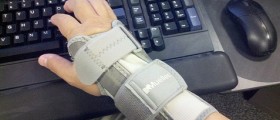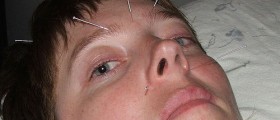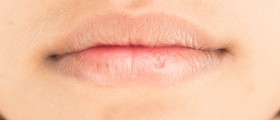
Duane syndrome is a very rare eye movement disorder, which is the congenital and which is related to the movement of an eye or of both eyes. In order to understand better this syndrome, it is important to know that there are six eye muscles, which are in charge of eye movement, and they all receive electrical impulses from the cranial nerve in brain. People who suffer from Duane’s syndrome have difficulties in rotating and moving their eye or eyes inward or outward, and this happens because the cranial nerve has not developed the way it was supposed to. Duane’s syndrome is usually diagnosed with children until they are 10, and if judging by the statistics, girls are much more affected than the boys. Several other names are used for this disorder, but besides this one, the most commonly used is eye retraction syndrome.
There are several types of Duane’s syndrome, and there are several classifications of these types, but each has its own characteristics. However, some of the characteristics which are typical for this condition, regardless of the type or classification, are limitation of the movement of the affected eye, retraction of the eyeball into the socket on adduction, poor convergence, and, since we are already speaking about the characteristics of this disorder, in some cases head movements compensate for the loss of the eye movements.
As for the cure of this condition, there isn’t any, since the main reason for this condition - the cranial nerve which does not develop properly, cannot be replaced. For the greatest number of people with Duane syndrome the treatment is focused on attaining straight eyes when they look straight ahead, and the greatest number of them manages to achieve that without any surgery. However, there are cases which do require surgery, but the surgery is done only in order to reduce strabismus and place the eye in a more central position, so that the abnormal head posture would not be necessary anymore, because such position of the head may cause consequences. The type of the surgery depends on the type of Duane’s syndrome that a child has, and it can be done at any age, though it is not recommended to do it before the child turns 4 or 5 years, since their motor skills are not developed enough until then, and their visual system is a bit more mature in that period.

















Your thoughts on this
Loading...